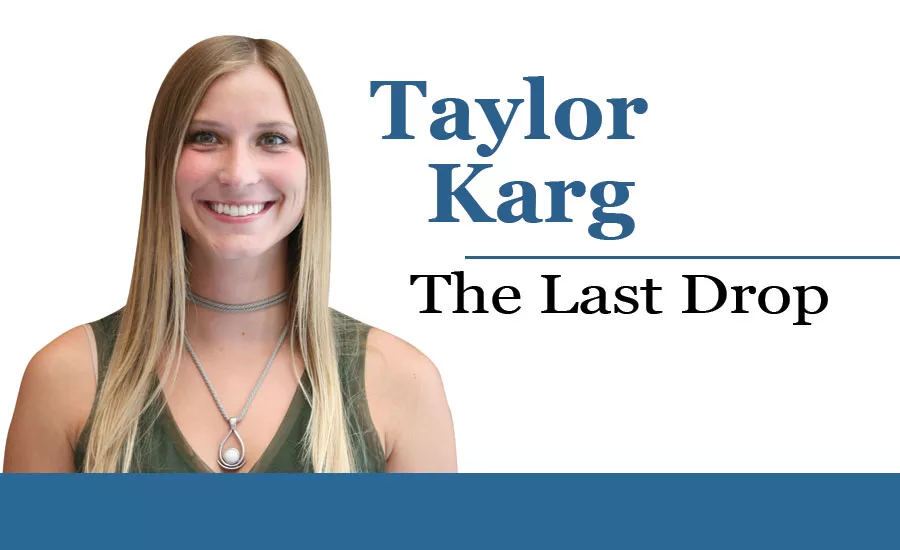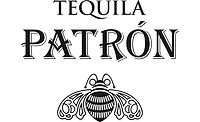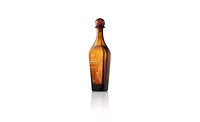Mezcal gains popularity as a premium drink
Sombra Mezcal rethinks production, environmentally friendly process

Premiumization — the idea that consumers should drink less, but better, is a trend that is driving the beverage market. A recent premium trend proliferating the market is the production and consumption of mezcal, a liquor made from tropical agave plants.
Danny Brager, senior vice president of New York-based Nielsen’s Beverage Alcohol Practice, notes that mezcal sales doubled from 2012 to 2016, increasing by 30 per-cent. It also reported that Mexico now exports mezcal to 52 countries.
But what is the difference between tequila and mezcal? I recently traveled to Oaxaca, Mexico, the Mezcal Capital of the World, to find out.
When consumers hear agave, they most likely think of tequila. Although mezcal has similarities to tequila, like being made from the succulent agave plant, mezcal renders a whole different taste. One of the most noticeable differences is that the pinas (agave hearts) that produce tequila are steamed; whereas for mezcal, the pinas are smoked in large pits for 3 to 4 days, which provides its own distinct flavor.
One brand I tried, Sombra Mezcal, was founded by Richard Betts in 2006. The Sombra palenque (distillery) has reimagined the traditional practice of mezcal production, rethinking every step in the production chain to make the process more environmentally friendly. Sombra’s agave plants are organically farmed, then roasted atop sustainable wood. Traditionally, agave is crushed using a horse or mule-powered mill, but Sombra uses a solar-powered mill.
Its water supply is sourced from a rain collection system and the agave juice is fermented using local yeast. After production is complete, Sombra repurposes the waste, composting it into adobe bricks that can be used to build homes.
A video on Mezcal.com discusses how mezcal represents the history, culture and diversity of Mexico. After visiting Oaxaca and learning the intricacies of the mezcal process, the video was not wrong.
Looking for a reprint of this article?
From high-res PDFs to custom plaques, order your copy today!







